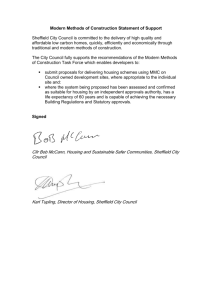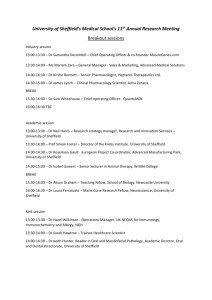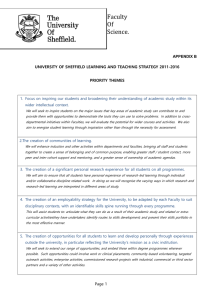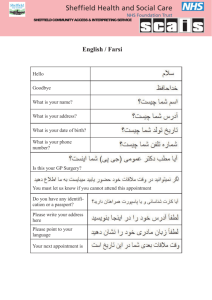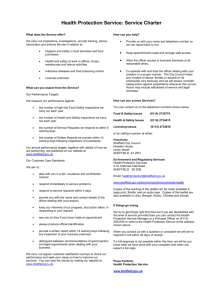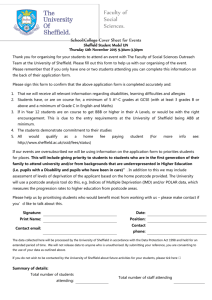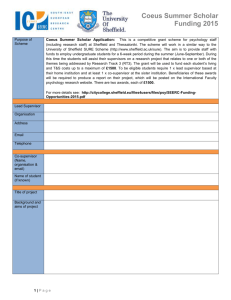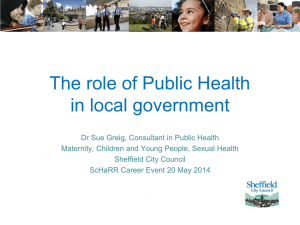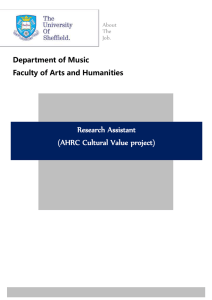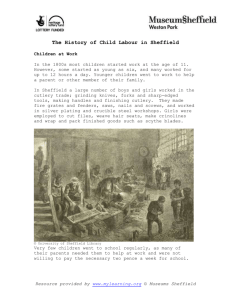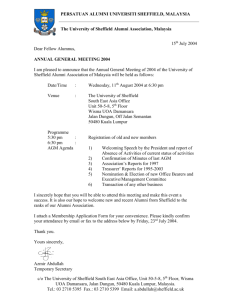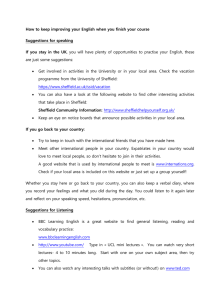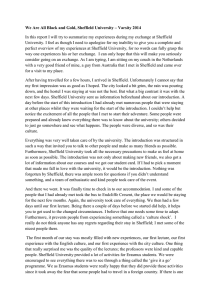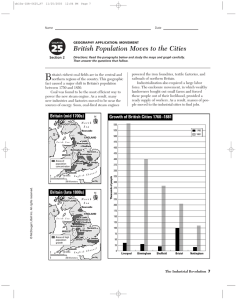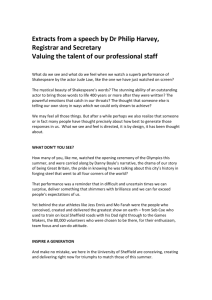Principles of good communication
advertisement
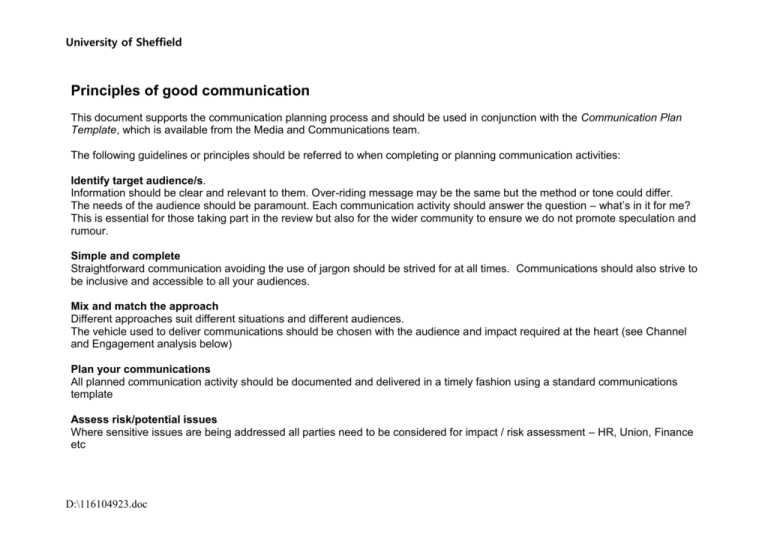
University of Sheffield Principles of good communication This document supports the communication planning process and should be used in conjunction with the Communication Plan Template, which is available from the Media and Communications team. The following guidelines or principles should be referred to when completing or planning communication activities: Identify target audience/s. Information should be clear and relevant to them. Over-riding message may be the same but the method or tone could differ. The needs of the audience should be paramount. Each communication activity should answer the question – what’s in it for me? This is essential for those taking part in the review but also for the wider community to ensure we do not promote speculation and rumour. Simple and complete Straightforward communication avoiding the use of jargon should be strived for at all times. Communications should also strive to be inclusive and accessible to all your audiences. Mix and match the approach Different approaches suit different situations and different audiences. The vehicle used to deliver communications should be chosen with the audience and impact required at the heart (see Channel and Engagement analysis below) Plan your communications All planned communication activity should be documented and delivered in a timely fashion using a standard communications template Assess risk/potential issues Where sensitive issues are being addressed all parties need to be considered for impact / risk assessment – HR, Union, Finance etc D:\116104923.doc University of Sheffield Channel and engagement analysis More Commitment Involvement L e v el of i m p a ct C o n v e n i e n c e Support Understanding Awareness t Know o r e c i p i e n t D:\116104923.doc Participate and take action Sense of ownership and influencing others Can speak positively and is well informed Can explain to others what is happening what is happening Less Convenience to sender Degree of engagement More University of Sheffield Channel mix Within the University of Sheffield we currently operate several communication vehicles that can be used for University wide communications. These should be used in conjunction with the engagement model above to identify the most appropriate communication vehicle. - Internal staff newsletters (e.g., E-view, bulletins , Overview) - Internal student newsletters (e.g., Your University) - Dept newsletters (outside own dept) - Mail address lists and Telephone groupings - Face to face meetings - Email broadcasts to staff / students - Roadshows for staff - Press releases to secure media coverage at key project milestones where necessary - Noticeboards - Web site / Intranet For a more detailed look at our communication channels, please read the Guide to Communication Channels document which is available from the Media and Communication Team. Who to contact for communication support and advice The Internal Communications Team D:\116104923.doc University of Sheffield 5 Palmerston Road Sheffield S10 2TE Tel: 0114 2228897 Malcolm.roberts@sheffield.ac.uk D:\116104923.doc
